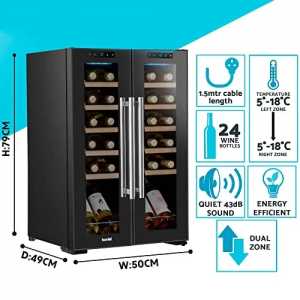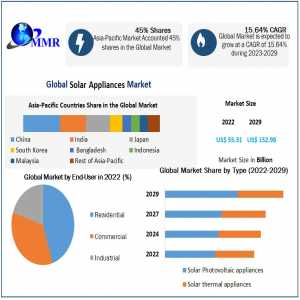
How Does An Equity And Hybrid SIP Plan In Faridabad Differ From Each Other?

Many investors are often uncertain about the differences between various types of mutual funds, particularly equity and hybrid SIP plans. Let's explore the differences between equity and a hybrid SIP plan in Faridabad in simple terms.
What Are Equity SIP Plans?
Equity SIP (Systematic Investment Plan) plans involve investing a fixed amount regularly into equity mutual funds. These funds primarily invest in stocks of companies across various sectors and market capitalizations. The goal is to achieve capital appreciation over the long term by participating in the growth of the stock market.
What Are Hybrid SIP Plans?
Hybrid SIP plans, on the other hand, invest in a mix of equity and debt instruments. This combination aims to balance the potential for higher returns from equities with the stability and regular income provided by debt securities. The proportion of equity and debt can vary based on the fund's strategy and the investor's risk tolerance.
Key Differences Between Equity and Hybrid SIP Plans
Risk Profile
● Equity SIP Plans: These are considered high-risk investments due to their exposure to the stock market's volatility. While they offer the potential for higher returns, they can also experience significant fluctuations in value.
● Hybrid SIP Plans: By investing in both equities and debt instruments, hybrid funds tend to have a moderate risk profile. The debt component provides a safety net against market volatility, making it relatively less risky than pure equity funds.
Return Potential
● Equity SIP Plans: Historically, equity funds have delivered higher returns compared to other asset classes, especially over the long term. However, these returns are not guaranteed and can vary based on market conditions.
● Hybrid SIP Plans: Hybrid funds offer a balanced return potential. The equity portion aims for capital appreciation, while the debt mutual fund services in Faridabad provide regular potential income. This combination can lead to more stable returns over time.
Investment Horizon
● Equity SIP Plans: These are suitable for investors with a long-term investment horizon, typically 5 to 7 years or more. The extended period allows investors to ride out market volatility and benefit from the compounding effect.
● Hybrid SIP Plans: Hybrid funds are appropriate for medium-term investment horizons, usually 3 to 5 years. They cater to investors seeking a balance between growth and income over a shorter duration.
Liquidity
● Equity SIP Plans: Equity funds generally offer high liquidity, allowing investors to redeem their units at any time. However, it's advisable to stay invested for the long term to maximize returns.
● Hybrid SIP Plans: Hybrid funds also provide good liquidity. The ease of redemption depends on the specific fund's structure and the proportion of debt instruments, which may have lock-in periods.
Taxation
● Equity SIP Plans: Long-term capital gains (LTCG) from equity funds are taxed at a lower rate, making them tax-efficient for long-term investors.
● Hybrid SIP Plans: The tax treatment of hybrid funds depends on their equity-debt allocation. If the equity component is more than 65%, they are treated as equity funds for taxation purposes, offering similar tax benefits. Otherwise, they may be taxed like debt funds.
Suitability
● Equity SIP Plans: Ideal for investors with a high-risk appetite and a long-term investment horizon, aiming for substantial capital growth.
● Hybrid SIP Plans: Suitable for investors seeking a balanced approach, desiring both growth and income, with a moderate risk tolerance.
Conclusion
Choosing between equity and hybrid SIP plans depends on your individual financial goals, risk tolerance, and investment horizon. Equity SIPs are best for those looking for high growth and willing to accept higher risk, while hybrid SIPs offer a balanced approach, combining growth potential with income stability. Assess your financial situation and investment objectives carefully to make an informed decision.
Author Bio
Article Comments
No Comments!
At present there are zero comments on this article.
Why not be the first to make a comment?
Similar Articles
Search Pages
User Upgrade
account to full use of editor,
Including hyperlinks
Article Categories
There are zero sub-categories in this parent category.
There are zero sub-categories in this parent category.

















